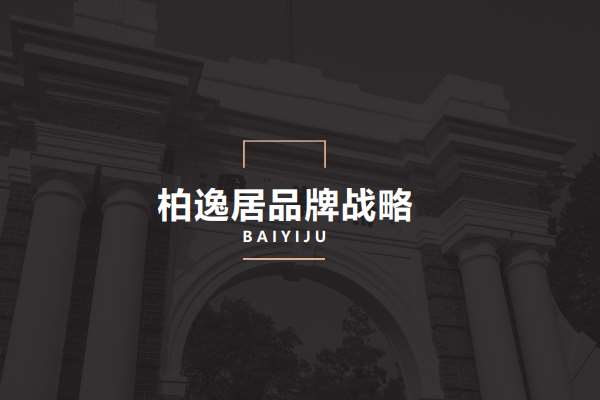Tobacco (烟草) Industry: Evolving Business Models
The tobacco industry has been an integral part of the business landscape for centuries. Its products, primarily cigarettes and other tobacco-related products, have enjoyed widespread popularity and generated substantial revenue for companies operating within this sector. However, with changing market dynamics and growing health concerns, the industry has had to constantly adapt its business model to remain relevant and sustainable.
Traditionally, the tobacco industry relied on a straightforward business model of manufacturing and selling tobacco products. This model focused on mass production and distribution, with companies investing heavily in manufacturing facilities, advertising campaigns, and distribution networks. Large tobacco corporations dominated the market, enjoying considerable economies of scale and bargaining power over suppliers and retailers.
However, with the rise of public awareness about the health risks associated with smoking, the tobacco industry has faced increasing challenges. Regulatory restrictions on advertising, higher taxes on tobacco products, and a declining smoking prevalence have significantly impacted the industry's profitability. To counter these challenges, tobacco companies have reinvented their business models.
One of the most notable changes has been a shift towards the development and marketing of reduced-risk products (RRPs). These products, such as e-cigarettes and heated tobacco devices, are positioned as less harmful alternatives to traditional cigarettes. Tobacco companies have heavily invested in the research and development of these innovative products to cater to health-conscious consumers. This shift in strategy has enabled tobacco companies to tap into new markets and diversify their revenue streams.

Additionally, the tobacco industry has started focusing on corporate social responsibility initiatives to improve its public image. Companies are investing in campaigns that educate the public about the health risks associated with smoking and providing support for smoking cessation programs. This shift towards social responsibility not only helps companies rebuild trust among consumers but also aligns with the growing trend of ethical consumerism.
Furthermore, the tobacco industry has expanded its offerings to include non-tobacco products, such as vaping liquids and other nicotine-based products. By diversifying their product portfolios, tobacco companies are moving away from a singular focus on cigarettes and positioning themselves as providers of a variety of nicotine delivery options. This diversification allows them to adapt to evolving consumer preferences and mitigate the decline in traditional cigarette sales.
Technology has also played a significant role in shaping the tobacco industry's business model. With the emergence of e-commerce platforms and mobile applications, tobacco companies are utilizing digital channels to reach a wider consumer base. Companies are investing in user-friendly websites, mobile apps, and online ordering systems to enhance customer convenience and attract tech-savvy consumers.
In conclusion, the tobacco industry is undergoing a transformation in response to changing market dynamics and increasing health concerns. Businesses in this sector are diversifying their product offerings, developing reduced-risk alternatives, and embracing technology to adapt to consumer preferences and regulations. While traditional cigarette sales may continue to decline, the tobacco industry's evolving business models ensure its survival and prosperity in a rapidly changing world.








